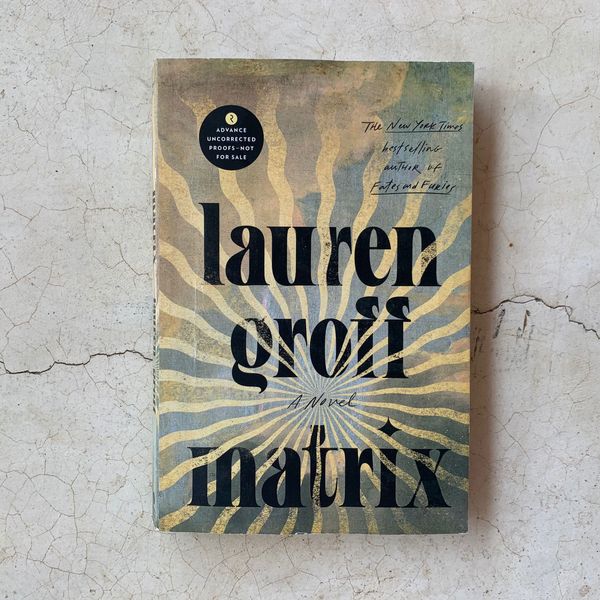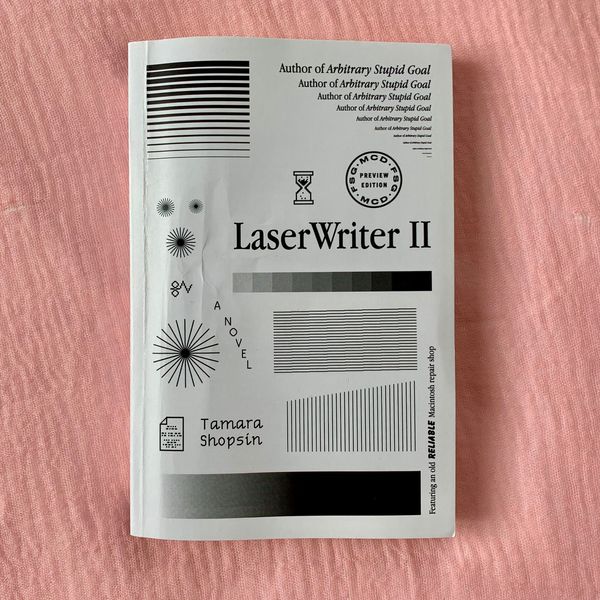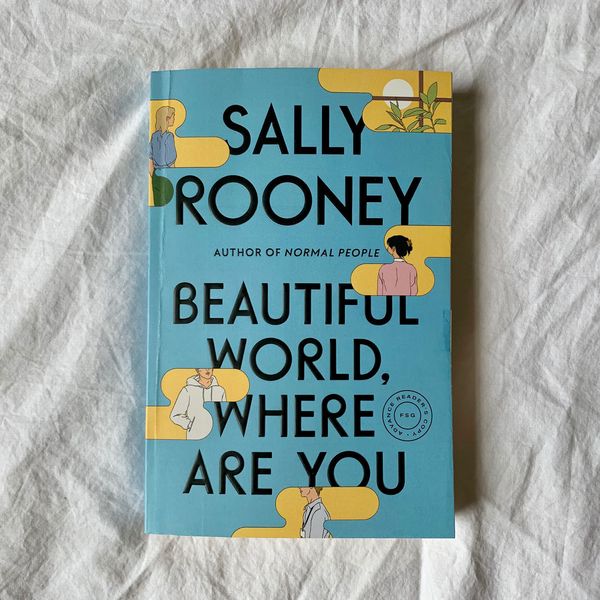
There’s a lot of psychological research about how people overcome aversions. For example: Eating terrifically spicy foods is a painful experience that many individuals nonetheless enjoy. But nobody gobbles habaneros from birth. The path from recoiling to appreciation usually proceeds along a gentle slope, by experimenting with slightly spicy foods and graduating to sinus-clearing, mouth-imploding dishes. Researchers have used the (very cool) term “hedonic reversal” to describe the flip from disliking to liking. The mechanism by which it happens remains a tantalizing mystery.
It happens with books, too. One argument against ditching a book after 3 or 30 aversive pages is the notion that it might, in the end, win you over. Take the new Sally Rooney novel. I abandon books like a drunken sailor and in another mood, I might have tossed Rooney overboard. But then, there it was, on page 40: a sentence of such exquisite bitterness that it cut my sweet summer day in half. Was there more where that came from? I simply had to know.
—Molly
P.S. This newsletter is now three years old, which means it can dress itself, pedal a tricycle, and show a wide range of emotions. Happy birthday, newsletter!
Matrix by Lauren Groff
Fiction, September 7
Here’s a novel about a teenage chick in the year 1158 who gets sent to a decrepit nunnery and turns it into a formidable center of power, using little more than her wits and her giant hands. This is the sort of premise that will either send a shiver of pleasure up your spine (operations! High Middle Ages! Woolens!) or send you skipping directly to the next blurb, in which case: toodles.
Marie is the teenager in question. She is banishèd from the court of Eleanor of Aquitaine for the sin of being a bastard child of one of Eleanor’s husbands. (I am not sure which; it was either the French king or the English king.) When she arrives at the nunnery, all the sisters are starving and freezing and wearing stained clothes and dying from infectious diseases. After a few decades of running the abbey like she’s Jeff Bezos — raking in cash, expanding into neighboring territory — Marie receives a vision instructing her to build a giant labyrinth, which one of the other nuns tells her is “insane” and “destined for failure.” But Marie is never wrong! Or at least, not about the labyrinth, which becomes a feat of engineering, a work of land art, an escape room, and a defensive weapon. Soon she is the most powerful person in all the land. But you know what they say about absolute power …
I do not predict there will be a perfect correlation between enjoyment of Groff’s mondo 2015 best seller Fates and Furies and enjoyment of this book, which is totally different. (And to my mind, better.)
RIYL: Scrubbing things (including self), Hilary Mantel, communal self-transcendence, erotica
LaserWriter II by Tamara Shopsin
Fiction, October 12
There are several unusual things worth mentioning about this book before we get into the guts. One, it is a novel that is named after a printer. Two, it is a book with a title that strongly and misleadingly suggests it is a sequel. Three, the author not only wrote the book but designed it herself, which is abnormal in the world of publishing, where everyone has a prescribed lane and sticks to it.
The protagonist, Claire, is a native child of New York City who gets a job at the Mac repair shop Tekserve. She is 19 years old and occasionally sits in on philosophy classes at Columbia, where she is not enrolled and has never applied. When she’s not trespassing on university property, Claire performs triage on laptops and processors. Eventually she graduates to Tekserve’s printer desk, where she finds herself replacing fans, vacuuming internal dust, and fixing gear teeth in what she deems a “noble calling that helps people make poetry and do their taxes.” Tamara Shopsin — who is an artist and part-time cook at her family’s iconic sandwich joint Shopsin’s, as well as a writer — is ingenious at conjuring reality-adjacent worlds, filled with odd ducks and moments of Kismet.
RIYL: Hitting the “Random Article” button on Wikipedia, the work of Susan Kare, How To With John Wilson, learning new skills from YouTube tutorials
Beautiful World, Where Are You by Sally Rooney
Fiction, September 7
My dream collaboration is a Milton Avery monograph with deep captions by Sally Rooney. Avery, a deceased American painter who did his best work in the 1940s, is (oddly) the best point of comparison I’ve found for Rooney, who is a living Irish novelist. Identical adjectives can be applied to both bodies of work: restless, organized, direct, elusive, gentle, intense, emotional, flat. Both artist and writer have a taste for commonplace nonevents. The reasons you may like or dislike their works are the same. One person will see that string of contradictory descriptors above and go, “Gimme.” Another person will think, “Nope.”
One of the characters in Beautiful World, Where Are You is, like Rooney, a successful young Irish novelist. The character is ambivalent about her recent fame and riches, and also about her general worth as raw human material, her capacity for friendship, her sexual motives, etc. Filling out the cast is her best friend, an editorial assistant at a literary journal; a guy who works in some parliamentary capacity; and a guy who works in a shipping warehouse. The plot is pretty Austenian: A bunch of people become mutually enlightened about the true nature of themselves and each other. If you’re not a Sally Rooney fan, this novel won’t convert you. If you are, its bulk and ambition and subtly bizarre mode of narration will be pleasing.
RIYL: Benign masochism, Fairyland Cottage, Mary Gaitskill’s This Is Pleasure, crockery
WHY DON’T YOU …
Join the protagonist of Deborah Levy’s Hot Milk in seducing a couple of sexy locals and getting STUNG REPEATEDLY BY JELLYFISH in Spain?
Ask (and answer) the question “What kinda book would VIRGINIA WOOLF have written if she’d been trained as a PLUMBER?” with Insignificance, a short novel by James Clammer?
Get DIRTY AND NERDY with Lexicon, Max Barry’s goosebump-inducing dystopian thriller?
Visit an imaginary version of near-future Los Angeles — where the water supply has run dry and everyone drinks a substitute called WAT-R in flavors such as “MELON SHATTER” — in Alexandra Kleeman’s Something New Under the Sun?
Acknowledge that the “Very Short Introduction” books display DIZZYING VARIATIONS IN QUALITY before conceding that this one, on literary theory, is mind-bending, easy-peasy, utile, and fun? (I swear!)
Throw yourself headlong into the TORNADO OF CHAOS that is the protagonist of Sara Levine’s Treasure Island!!! — especially if you enjoyed the television program Fleabag?
SUGGESTED PAIRING
Pair the year’s dwindling beach days with Mabel Seeley’s The Chuckling Fingers, a Nancy-Drew-for-adults-style crime caper!
More From This Series
- The Listening House and 9 Other Reads I Can’t Get Out of My Head
- The Plot and 8 Other Reads I Can’t Get Out of My Head
- Intimacies and 9 Other Reads I Can’t Get Out of My Head



